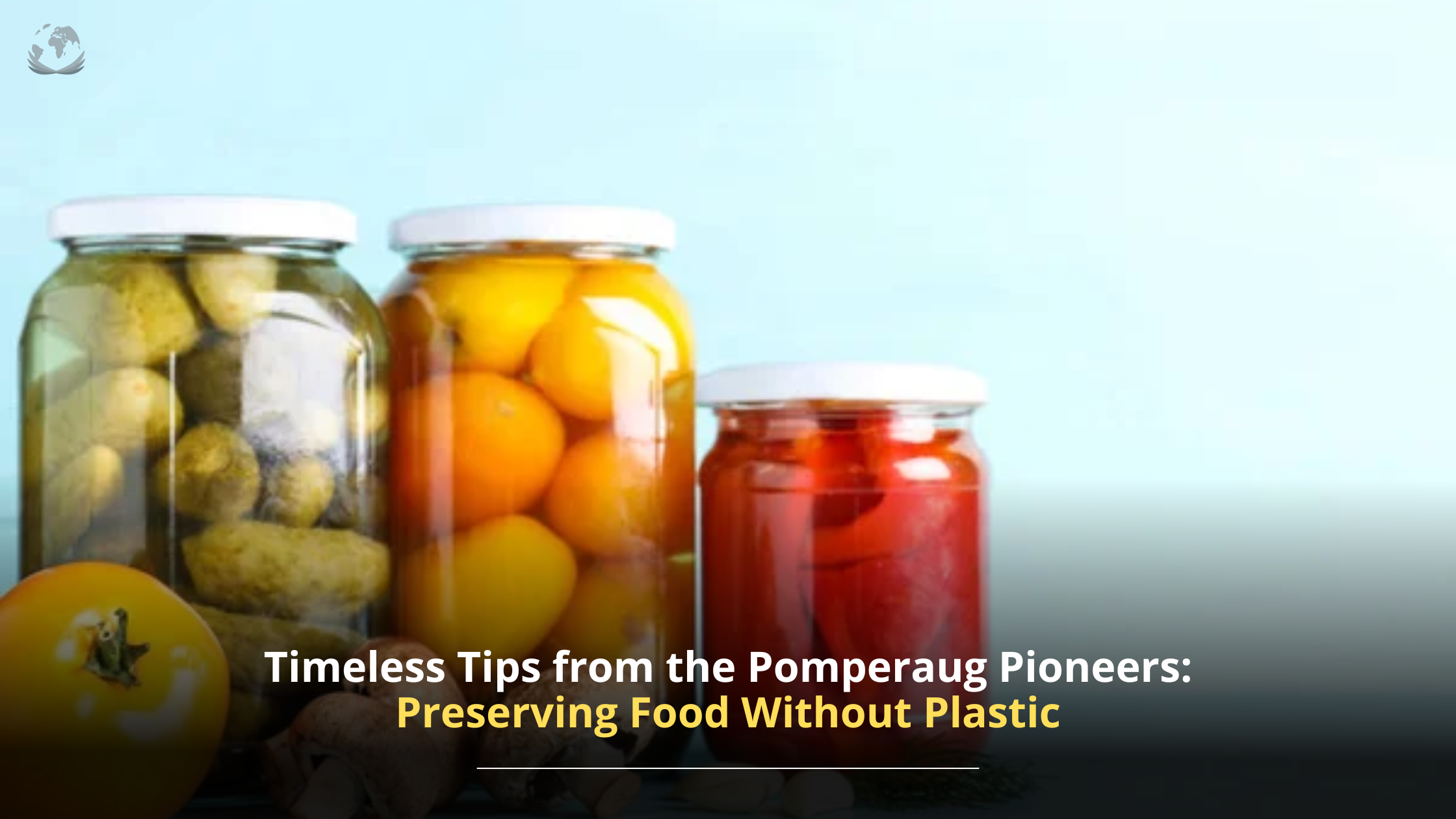How the Pomperaug Pioneers Preserved Food: Iceboxes, Wax Paper, and Life Without Plastic
Among the first writers for History Chip was a group of 80 and 90 year old residents of a beautiful retirement community in Southbury, CT, called Pomperaug Woods. We met once a month for about 8 years. The writers, and there were anywhere from 10 to 15, wrote about their memories over their long and interesting lifetimes. After a while, the group asked me for prompts, story suggestions, and with that change we began to collect multiple stories on a specific topic, which was great. That gave us a number of perspectives on a given topic. The group, which we dubbed the Pomperaug Pioneers, wrote about a wide rangeof topics including dating, WWII, the Great Depression, games they played as children, smells, music. One interesting topic was food preservation. I wanted to know how they kept left-overs or wrapped up their sandwiches or kept food cold. This was a great topic because so much about it has changed and so much about it seems so foreign in the 21st century. I hope you will search out these stories in our archive but as you do, keep in mind that these are all stories about how food was kept in the United States. Imagine the fascinating stories from other countries teaching all of us a thing or two about ways to preserve food!
Here are a few tidbits from the archive.
From “Keeping Food” by Elsie Johnson:
[We] kept [food cold] in an ice box which had a drip pan that had to be emptied every day! The Ice Man would deliver blocks of ice in various sizes. He would have the truck stop at all the houses which displayed a card indicating the size of ice you wanted - 25, 50 - 100 lbs. He would bring it into the kitchen carrying it with tongs over his shoulder covered with a leather cloth. As he chipped the ice in his truck, we would wait patiently for him to give us chips to suck on - what a treat! We would wait for the ice man to come like the children of today waited for the ice cream man. Food was kept wrapped in wax paper or a container in the icebox. My mother would keep fresh vegetables in the cool dark area of the basement.
Here in Connecticut, there were Ice Houses, as well as other areas, which stored thick chunks of ice which had been cut out of local lakes. These chunks of ice would be loaded into horse drawn trucks and delivered with the help of big tongs to the ice boxes of local homes and businesses. Imagine emptying those drip pans every day!
And from “Street Sounds” by Jeanne Henry
There were other noises also – not existing today such as the hurdy-gurdy man who wandered up and down, turning the handle on his music box, in hopes of having a few coins thrown his way – and the clop-clop of hooves signaling that the ice man cometh! With his huge blocks of ice to be placed in – where else? the ice box (whoever heard of a refrigerator?) – or the milk man in his wagon?
A writer friend from India, Prati Kaufman adds:
Growing up, I watched my mom and grandma repurpose everything. Plastic was so rare that each plastic bag was cherished—washed, saved, and reused time and time again.
Now, living in America, I can’t bring myself to throw away anything that can be repurposed. Empty cartons become storage containers, ghee jars store dry goods, and old clothes are transformed into cleaning rags. Candle boxes turn into pen holders, and even old toothbrushes get new life cleaning hairbrushes, windowsills, and graters.
I squeeze every last bit out of toothpaste tubes, adding a little water to empty jars to capture the final remnants of spaghetti sauce.
My husband and son often shake their heads, smiling as they say, “You’re so Indian.”
If being Indian means embracing repurposing and recycling as a way of life, I’m proud of it. I don’t do this to change the world—I do it because it feels like the right thing to do.
My parents grew up during the Great Depression and they managed much as Prati did, saving every drop from the ketchup bottle, reusing old clothes as rags and scraping the last bits of butter off of the butter wrappers. Those habits become baked into us, into our way of life for generations. But some things do change and I am fascinated by the idea of the Ice Man and ice delivery history - it just seems so strange and foreign. For me, growing up in a 1950s era home, we did not depend on an ice man. We never heard that clop-clop of horses’ hooves signaling a delivery of ice. We had a refrigerator. We did have a milk box outside of our back door where the milk-man made regular deliveries of milk. I remember that there was lovely cream on the top and on very cold mornings, that cream would expand and protrude through the top of the bottle. It was a sad day when the milk deliveries stopped. As for storing food, I don’t remember using plastic wrap. I believe we used more wax paper than plastic wrap. Certainly no Zip-Lock bags! We did not have plastic storage boxes for food but rather glass dishes with lids. Pyrex was king!
You may find this all fascinating but you might also wonder why would anyone care about this? Understanding our history, even our history of small things like plastic wrap, refrigerators or ice boxes, and the history of food preservation, these details explain a great deal about life in other eras, in other places and ways of doing things. Also, as we consider sustainable alternatives to plastic, or sustainable food storage ideas, knowing how other people have stored and wrapped food for many years, we are better able to be creative about how we store our food. Sometimes, looking back, we learn better ways to live in the future.
Now, we know that you have stories to tell, and your stories matter so much to expanding our views of the world. Your stories teach us new things and we can’t wait to read them! What do you remember? What do you do differently? Your stories matter!
Jean McGavin
Founder, History Chip

